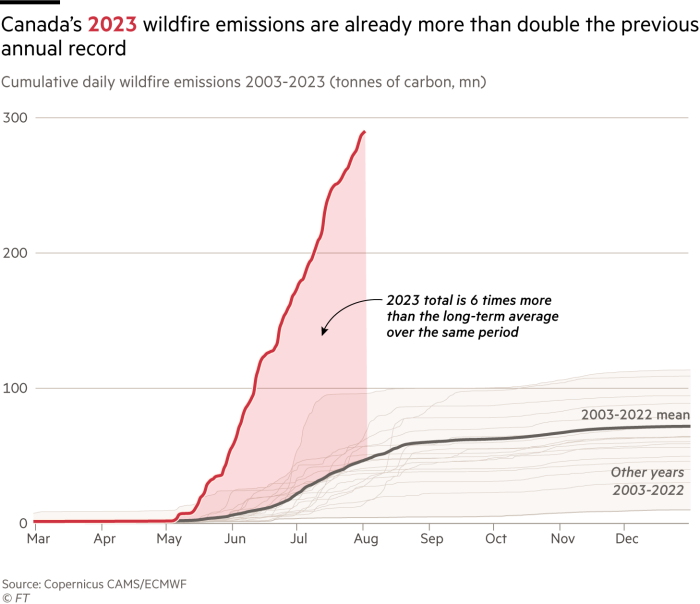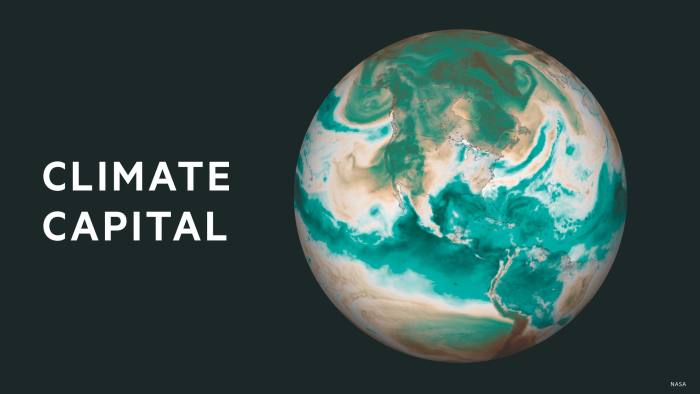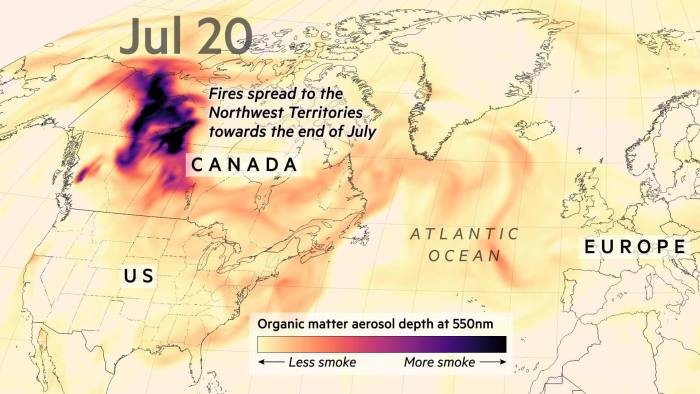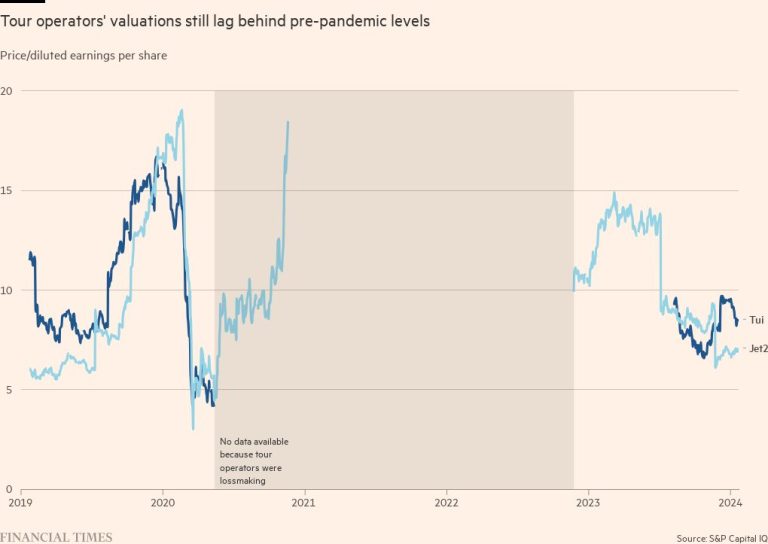Receive free climate change updates
We’ll send you a myFT Daily Digest email rounding up the latest Climate change news every morning.
© FT • Source: Copernicus CAMS/ECMWF
Animation showing organic matter aerosol across Canada, the US and western Europe
Wildfires that have raged across Canada for almost four months have already this year contributed more than double its previous annual record of carbon emissions, the EU’s earth observation agency Copernicus said.
The abnormal intensity of the North American fire season has resulted in 13 million hectares of burnt boreal forests so far, or an area as large as the size of Greece, in turn worsening the effects of climate change.
Boreal forests stretching across the northern hemisphere, consisting mainly of conifers, are the world’s largest land-based store of carbon.
“In recent years we have seen significant wildfires in the northern hemisphere, but this year’s fire activity in Canada is highly unusual,” said Mark Parrington, senior scientist from Copernicus Atmosphere Monitoring Service (Cams).
“The weather has played a part, with warm and dry conditions increasing the flammability of vegetation and increasing the risk of large-scale fires.”

Total carbon emissions across Canada for the year to August 2 were 290 megatons, compared with the previous record of 138 megatons for the entire year of 2014, Cams said.
The emissions for Canada alone represent a quarter of the total of the global carbon emissions from fires in the year to date.
By comparison, boreal forest fires across a far wider area, including Eurasia and Russia, contributed close to a quarter of total carbon emissions from wildfires in 2021, releasing a record 1.76bn tonnes of CO₂. Global total carbon emissions stood at about 37bn tonnes.
This year’s fire season in the northern hemisphere has included what Copernicus described as “significant wildfire activity” around the Mediterranean in Greece, Algeria and Italy, along with the far east of Russia. This has coincided with the hottest June and July ever recorded.
In research released earlier this year, scientists concluded that summertime fires in boreal forests had expanded since 2000.
Plumes of smoke have spread from the fires in Canada far south into the US and across the Atlantic to Europe, bringing poor air quality to millions in major cities distant from the original fires.
The radiative power of the fires across Canadian states, including British Columbia, Alberta, and Quebec, has soared above the average intensity, measured in gigawatts, captured since records began in 2003.

Wildfires have recently become more active in northern latitudes of Canada’s Northwest Territories, including in the Arctic Circle.
While boreal forest fires are not unusual in spring, scientists have observed the increasing intensity of fires over the past decade as average temperatures in the north of the planet have risen faster than closer to the equator as a result of global warming, as the reflective snow and ice of the Arctic has melted away.
Parrington said because wildfires in boreal regions peak in early August, the total would likely continue to rise.
There were more than 1,000 active fires still burning nationwide, including more than 600 classified as “out of control,” according to data from the Canadian Interagency Forest Fire Centre. Hundreds of international firefighters have contributed to the effort to control the blazes.
In a research note, Copernicus said warm and dry weather had created conditions conducive to the record-breaking scale of the 2023 wildfires, with climate change making such conditions more likely.
Climate Capital

Where climate change meets business, markets and politics. Explore the FT’s coverage here.
Are you curious about the FT’s environmental sustainability commitments? Find out more about our science-based targets here












+ There are no comments
Add yours